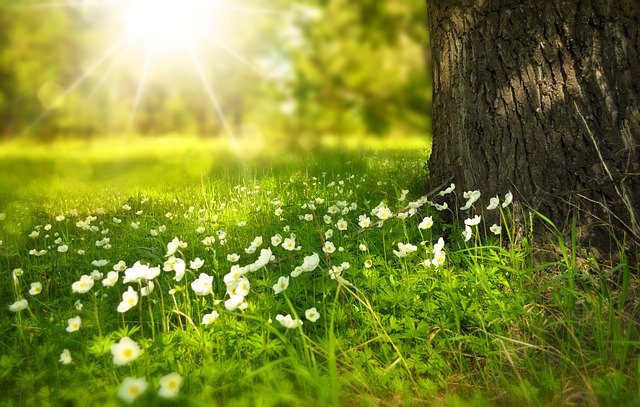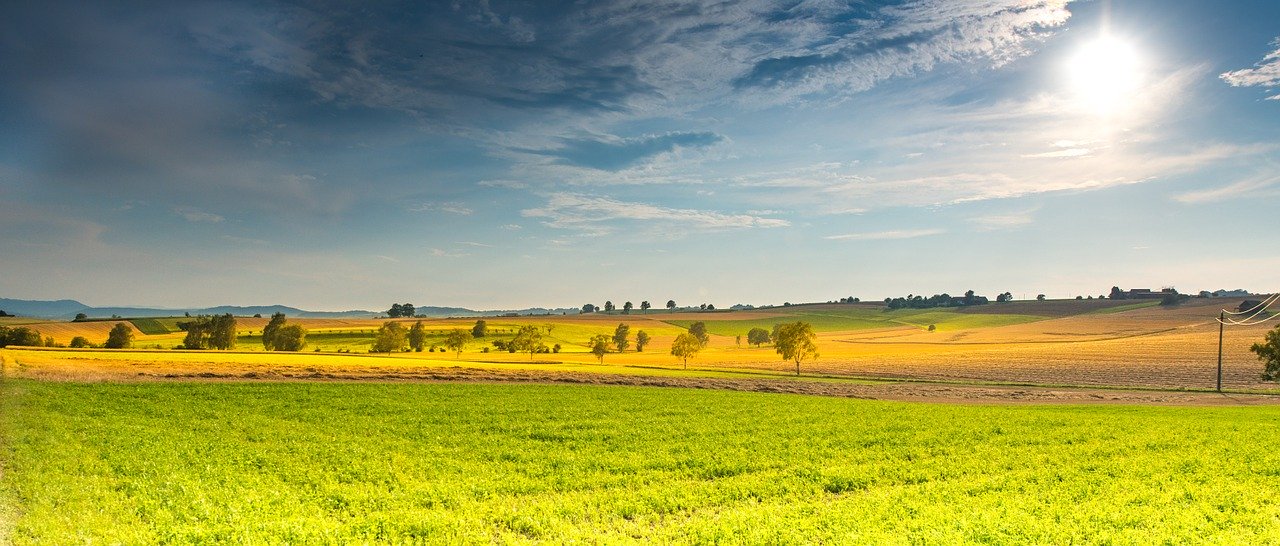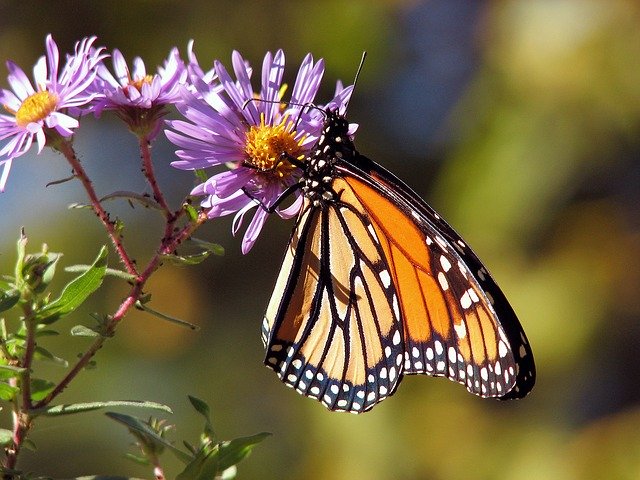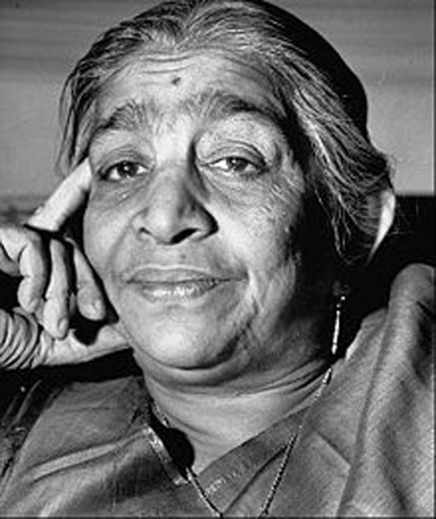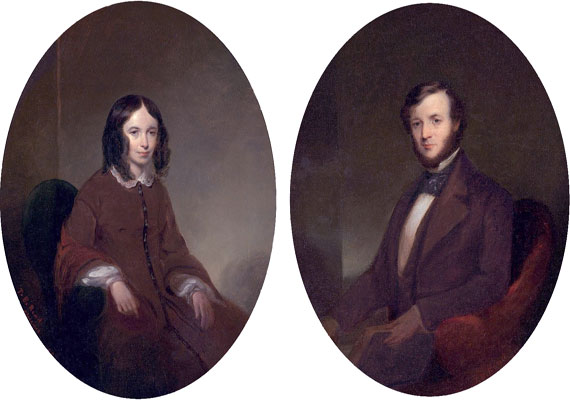The lap of nature, specifically the poet’s family orchard, comprises the To a Butterfly set. On one of the flowers in his orchard, Wordsworth spots a beautiful butterfly that captures his imagination and poetic fancy. Being in the midst of nature with trees, flowers, and beautiful creatures like the Butterfly takes the poet back to the sweet days of his childhood when he was more at leisure, enjoying the bounties of nature.
To a Butterfly: Summary
In this To a Butterfly: summary, we will provide a stanza-wise explanation of the poem.
“I’ve watched you now a full half-hour,
Self-poised upon that yellow flower;
And, little Butterfly! indeed
I know not if you sleep or feed.
How motionless!—not frozen seas
More motionless! and then
What joy awaits you when the breeze
Hath found you out among the trees,
And calls you forth again!”
While addressing a beautiful butterfly, he spotted in his garden, Wordsworth marvels at how the little creature has managed to hook the poet’s attention for a full half-hour. The poet admires the poise with which the Butterfly rested upon its perch, a yellow flower. Wordsworth was attracted to the stillness of the Butterfly, which made the insect appear more motionless to the poet than the frozen seas where no activity can be detected. The unbroken stillness and calm of the Butterfly made the poet wonder if it ever moved even to eat or sleep. Then the poet imagines the joys the little creature must feel every time the breeze found its delicate wings among the trees, calling out to the Butterfly to retake flight and grace other corners of the world with its beautiful presence.
“This plot of orchard ground is ours;
My trees they are, my Sister’s flowers;
Here rest your wing when they are weary;
Here lodge as in a sanctuary!
Come often to us, fear no wrong;
Sit near us on the bough!
We’ll talk of sunshine and of song,
And summer days when we were young;
Sweet childish days that were as long
As twenty days are now.”
In the second stanza, Wordsworth assures the Butterfly that it can come to take a rest in his family orchard whenever it wants. He said that the trees in the orchard belong to him, and the flowers are under the care of his sister. Hence, the orchard is a safe space for the Butterfly to use as a sanctuary whenever it pleases. He further assures the little creature that no wrong will ever be done to it while it rests in the poet’s orchard and urges the Butterfly to come to visit him and his sister regularly. He invites the Butterfly to sit near him and his sister on the bough and partake in their pleasant conversations about sunshine and songs. He wants the Butterfly to be a part of the nostalgia-filled conversations he and his sister have about the sweet summer days from their childhood that were so carefree and pleasant that they seemed to last as long as twenty days.
To a Butterfly: Central Idea
The To a Butterfly central idea revolves around Wordsworth’s appreciation of the natural world and the thoughts and emotions this evokes in him. The poet finds in his orchard a little butterfly that sits undisturbed and in perfect harmony with its surroundings. The tranquillity of the Butterfly brings to the fore of the poet’s mind pleasant memories from his childhood when he felt the same calmness and harmony that defines the Butterfly in front of him. The way the external world objects connect with a poet’s internal world of memories and emotions informs the To a Butterfly central idea.
You can also check out our To a Butterfly: Analysis here.
Some online learning platforms provide certifications, while others are designed to simply grow your skills in your personal and professional life. Including Masterclass and Coursera, here are our recommendations for the best online learning platforms you can sign up for today.
The 7 Best Online Learning Platforms of 2022
- Best Overall: Coursera
- Best for Niche Topics: Udemy
- Best for Creative Fields: Skillshare
- Best for Celebrity Lessons: MasterClass
- Best for STEM: EdX
- Best for Career Building: Udacity
- Best for Data Learning: Pluralsight


